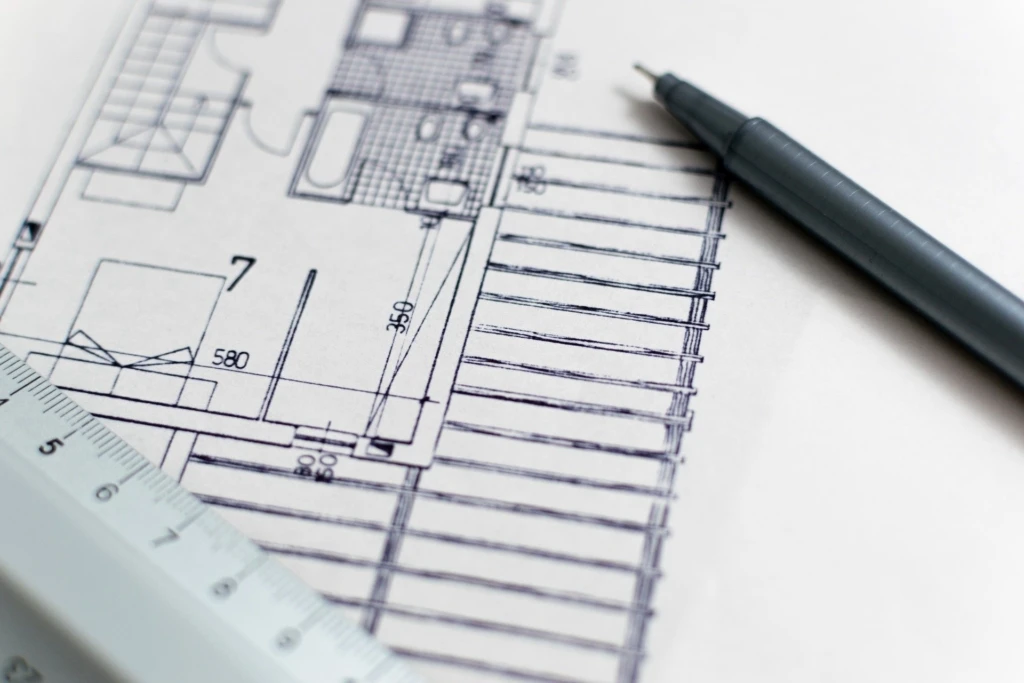Practical Guide for Young People: How to Prepare for Your First Mortgage

Although home purchase is usually most relevant among 27-40 year olds, the first opportunity to buy property with a home loan opens from the age of 21. Unlike renting, paying a monthly mortgage creates a savings effect, where each payment reduces the loan balance and creates a better opportunity to acquire a larger home in the future. To understand what to keep in mind so that taking out your first home loan proceeds without unexpected obstacles, explains Karin Ossipova, head of Coop Bank's home loan business line.
Stable Income
The most important condition for getting a loan is that the loan applicant has a stable income that allows them to repay the loan monthly. The income must be sufficient that after paying the home loan, at least half of the income remains for paying utility bills and covering everyday living expenses such as food, transport, clothing, etc.
A young person's first home could be rather smaller and cheaper, to get used to the financial and time costs associated with property ownership. To get an idea of how large home maintenance costs can become, it's worth consulting with both the bank and family members or friends-acquaintances who own similar property.
Installment Plans and Credit Cards
When making a lending decision, the bank analyzes both the loan applicant's already taken obligations and future obligations, i.e., monthly loan payments. In addition to loans, all installment plans, leases, and credit card limits are treated as financial obligations. Although financing larger purchases—such as a phone or computer—in installments may seem tempting, when applying for a home loan, you need to take into account that all financial obligations taken reduce the maximum loan amount.
The same applies to credit card limits, and this is true even if the card limit has not been used. To get the best home loan offer, it's worth paying off all installment plans before submitting a loan application and considering whether an unused credit card is needed or if it can be closed.
Student Loan
A student loan can also affect the opportunities to get a home loan, as the bank counts it as a financial obligation of the loan applicant even if studies are still ongoing and loan repayment has not yet started.
This happens rather rarely, but if a young person has already incurred child support obligations or loan repayments to friends and relatives, this also affects their home loan capacity.
When calculating multiple smaller obligations together, it may turn out that the home loan payment does not fit into the young person's monthly budget. In such cases, it is prudent to wait until short-term loans are paid off and then come back to apply for a home loan again.
Own Financing
To get a home loan, a financial contribution or own financing is also required. In Estonia, it is customary for own financing to constitute 15% of the home purchase transaction amount. Part of this can also be covered with EIS guarantee, but at least 10% of the property price must come from your own money.
If the amount needed for own financing is not available, banks may instead accept additional collateral, for example in the form of property belonging to parents. To secure the loan, a mortgage is placed on the purchased property; when using additional collateral, a mortgage can also be placed on the property of parents or grandparents.





